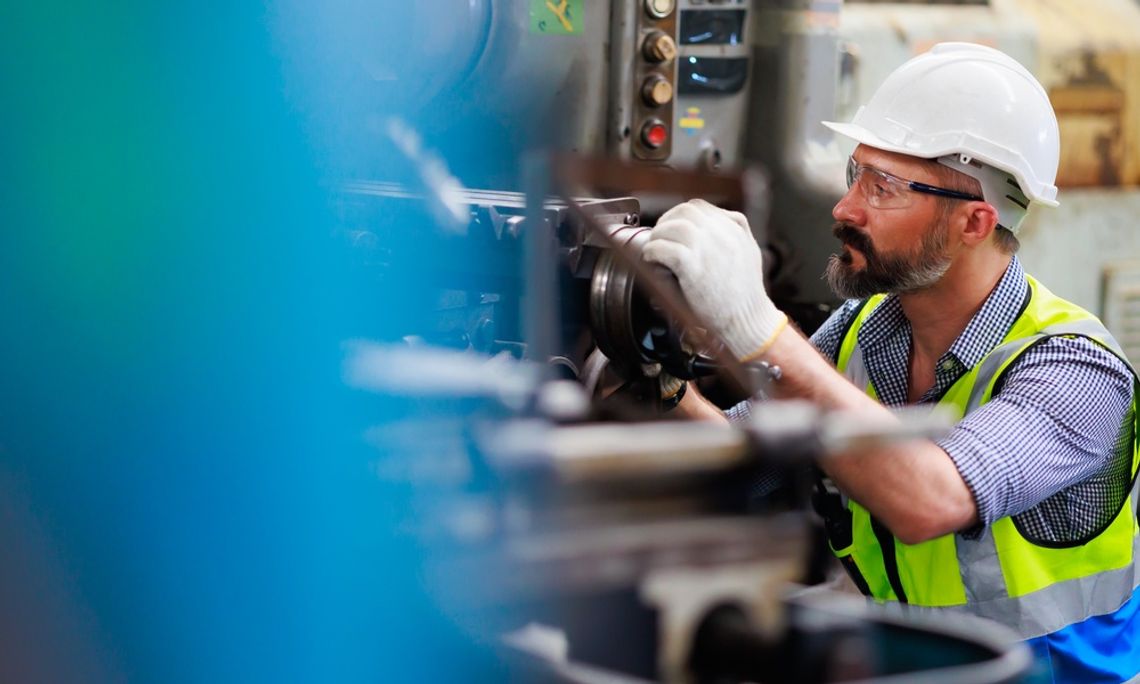Safety risks abound in industrial settings where high-voltage equipment, complex machinery, and fast-paced operations intersect. However, once you understand how automated systems help prevent electrical accidents, creating a safe environment for your team becomes far easier. Keep reading to learn more about the strategies and benefits of using automated systems.
The Risk of Human Error in Electrical Environments
Despite extensive training and strict safety protocols, human error remains a major factor in electrical accidents. Something as simple as touching the wrong equipment can lead to catastrophic outcomes. The more we can automate high-risk processes, the less opportunity there is for mistakes that could result in shock, arc flash, or electrocution.
How Automation Reduces Exposure
One of the key advantages of automation is its ability to reduce direct worker interaction with dangerous equipment. Systems that can operate remotely, monitor conditions in real time, or self-correct without human input allow workers to maintain a safer distance. For example, smart lockout or tagout devices can detect voltage before allowing access, while automated circuit breakers respond instantly to faults.
Smart Support Systems Matter
Beyond the obvious high-voltage equipment, automation in supporting systems can also boost workplace safety. For instance, tasks like weighing materials may seem routine, but often require workers to operate near machinery or energized components. Automating these systems limits physical interaction and standardizes data collection.
There are several benefits of automating your weighing scales, including more accurate readings, faster processing, and reduced need for manual input. All of these contribute to a safer work environment, especially in electrically sensitive zones.
Integrated Safety Through Intelligent Systems
The future of electrical safety lies in connectivity. Systems that communicate with one another to detect problems early and respond quickly. When tools like circuit monitors, programmable logic controllers (PLCs), and environmental sensors feed into a unified control platform, organizations can better anticipate risks and reduce downtime. This integrated approach enhances not just efficiency but also hazard prevention.
Achieve Electrical Safety
Now that you understand how automated systems help prevent electrical accidents, you can see that true electrical safety involves more than protective equipment and protocols. It’s about designing smarter systems that do more of the work and make fewer mistakes. By integrating automation into core operations and supporting functions, companies can reduce human exposure to electrical hazards and ultimately create a safer, more resilient workplace.


Comment
Comments